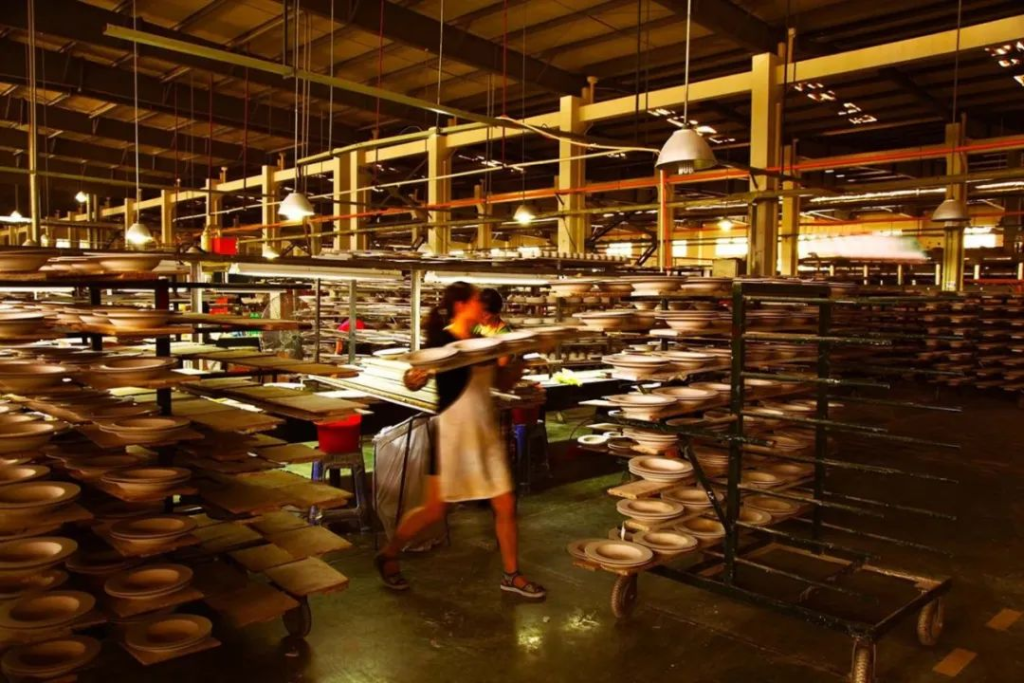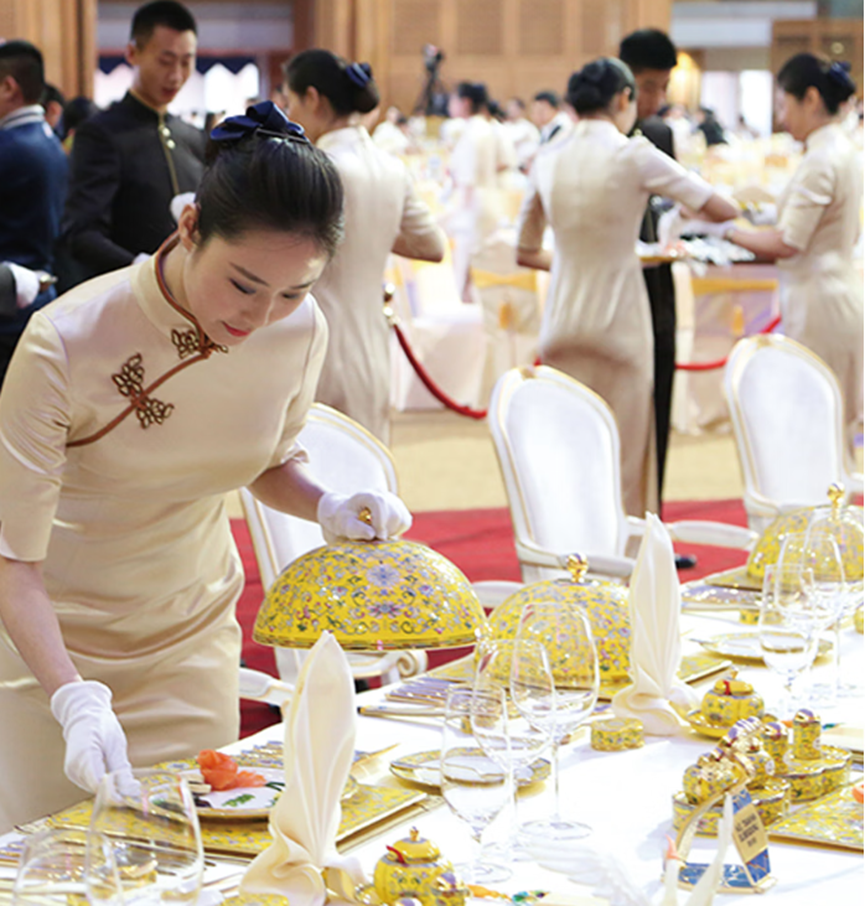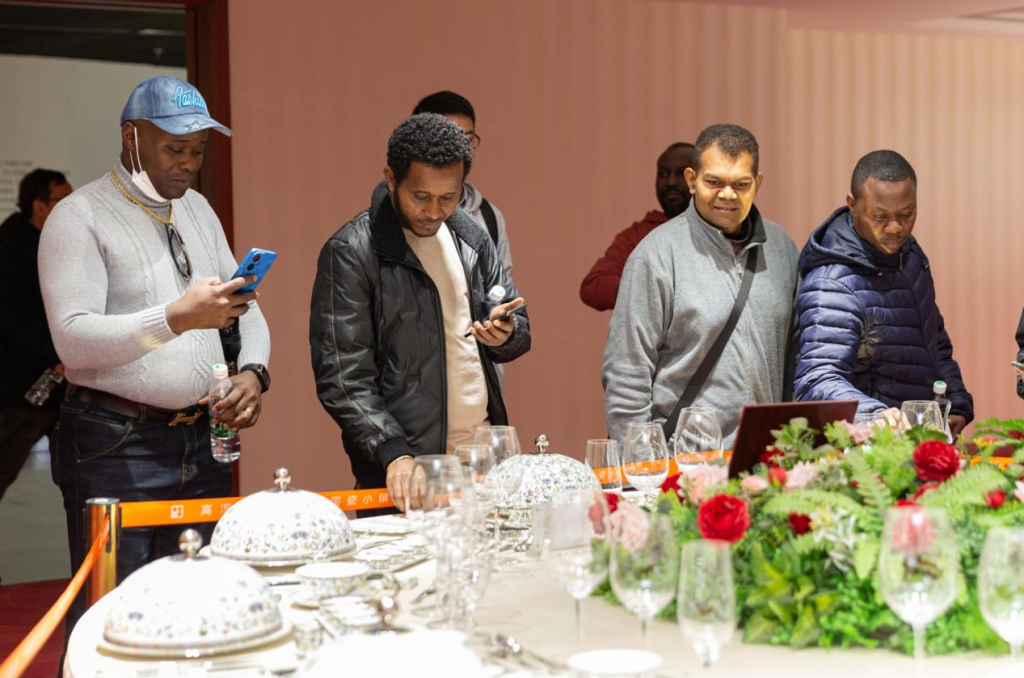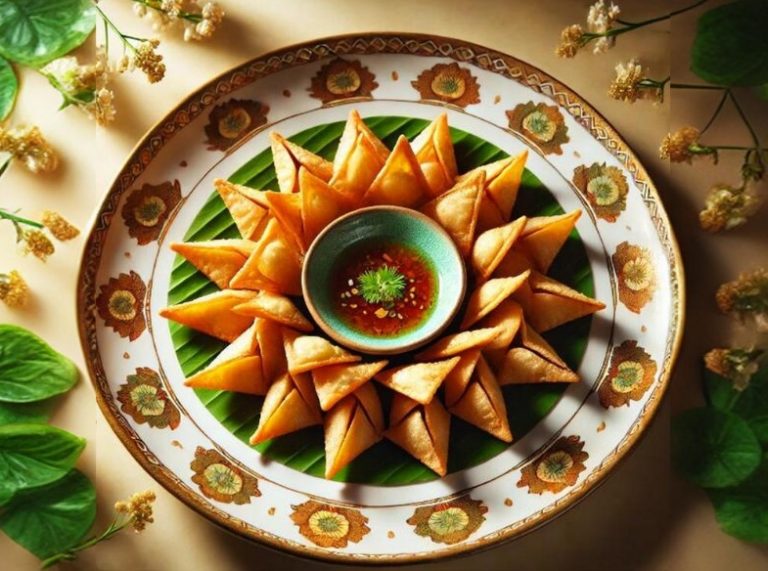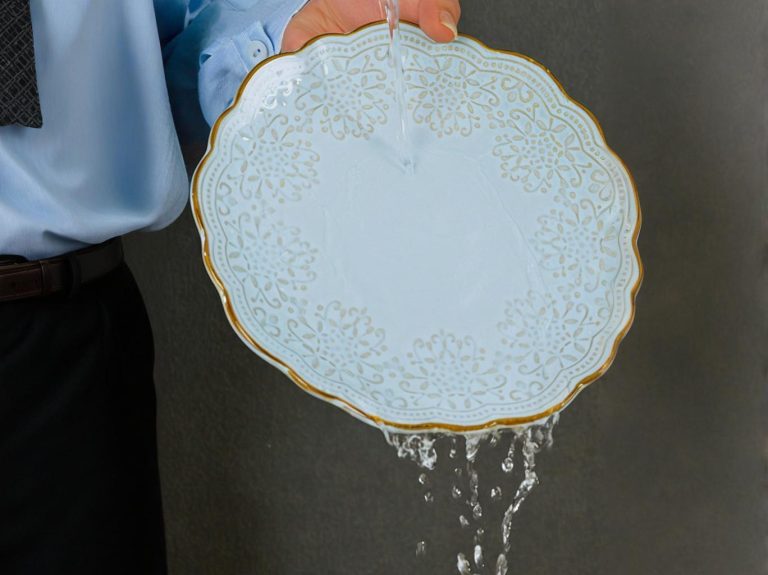The historical heritage and cultural art of Gaiwan tea
QUOTE
Gaiwan tea refers to tea brewed in a lidded bowl, typically flower tea, and is the core essence of Chengdu’s tea culture. The tea set is said to have been invented in Chengdu during the Jianzhong era of Emperor Dezong in the Tang Dynasty by the daughter of Cui Ning, the military governor of Sichuan. The “gaiwan” consists of three parts: the tea lid, the tea bowl, and the tea saucer (also called the “tea boat”).
The tea lid is generally saucer-shaped with a high ring foot as a handle; the tea bowl has a large mouth and small base with a low ring foot, presenting a trumpet shape, allowing the tea drinker to clearly see the shape of the tea leaves in the bowl. The shallow bottom of the bowl enables the drinker to timely savor the strong tea soup at the bottom. The tea saucer is a shallow dish with a recessed center that fits the bowl bottom, protecting the hands and keeping the tea warm. The lid, bowl, and saucer symbolize the inseparable unity of heaven, earth, and man, reflecting the refinement and dignity of ancient capital tea culture. Generally, the three components of the gaiwan are of the same color, often complemented by calligraphy and painting to enhance artistic value. The style and material of gaiwans vary by region, typically made of porcelain, but also of clay, and even rare materials like gold and jade. Historically, the most renowned gaiwans were produced in Jingdezhen, Jiangxi.
Gaiwan tea flourished in the Qing Dynasty. In many films and TV series depicting Qing Dynasty and Republican stories, gaiwan tea can be seen. In “Old Beijing,” there is also a tradition of drinking gaiwan tea. Today, in places like Chengdu in Sichuan and Kunming in Yunnan, gaiwan tea remains a favorite way of drinking tea, becoming a traditional method in local teahouses and tea rooms, and is quite common in family hospitality.
The Benefits of Using a Gaiwan to Brew Tea
- When brewing green tea, it prevents the tea leaves from becoming overcooked and producing a bad taste.
- You can observe the changes in tea color and shape at any time.
Convenient and quick. When drinking Gaiwan tea, it is important not to remove the lid or blow on the tea leaves floating on top. The correct method is to hold the tea bowl tray with your left hand, grab the lid with your right hand, and gently “scrape” a few times. This action removes the floating tea leaves and other substances while making the tea soup even. Scraping the lid requires some skill. As the saying goes, “Scrape once for sweetness, twice for aroma, and three times for a clear tea broth.” After each scrape, tilt the lid and sip the tea, rather than gulping it down or blowing into the tea bowl. Drink slowly, showcasing an elegant and composed demeanor.
The Twelve Steps of Brewing Tea with a Gaiwan
The twelve steps of brewing tea with a Gaiwan are a traditional Chinese tea art method, emphasizing the quality of the tea, the ritual of brewing, and the details of the tea ceremony. These twelve steps mainly include the following aspects:
- Choosing Tea Utensils: Usually, a Gaiwan, teacups, and a fairness pitcher are selected. Porcelain Gaiwans are preferred as they allow better appreciation of the tea soup’s color.
- Warming the Utensils: Pour boiling water into the Gaiwan and teacups to preheat them, then pour out the water. This step cleans the utensils and maintains their temperature.
- Adding Tea: Depending on the type of tea and personal preference, place an appropriate amount of tea leaves into the Gaiwan.
- Rinsing the Tea: Quickly pour out the first infusion to wash away the dust and impurities on the tea leaves, also known as “washing the tea.”
- Brewing: Depending on the type of tea, use water of the appropriate temperature to brew the tea leaves, cover the Gaiwan, and let it steep for a few seconds.
- Pouring the Tea: Pour the tea soup into a fairness pitcher to ensure consistent strength in each cup, then serve the tea to each guest.
- Serving the Tea: Hand the teacup to the guest with both hands as a sign of respect. This is an important etiquette in Chinese tea culture.
- Savoring the Aroma: Before drinking, first smell the tea’s aroma to better appreciate the fragrance of the tea leaves.
- Tasting the Tea: Take small sips of the tea soup, slowly savoring the tea’s aroma and flavor.
- Observing the Color: Judge the quality of the tea leaves and the brewing effect by observing the color of the tea soup.
- Re-brewing: Infuse the tea leaves multiple times, gradually increasing the steeping time with each brew to fully release the flavor of the tea leaves.
- Concluding: Finally, thank the guests for participating in the tea gathering, showing respect to the guests and perfectly concluding the tea session.
| Tips | Source |
|---|---|
| Gaiwan tea originated in Sichuan Province, China, and is a traditional way of drinking tea. | TeaHistory.net |
| The ‘gaiwan’ in ‘gaiwan tea’ consists of three parts: the lid, the bowl, and the saucer. | TeaHeritage.com |
| The use of covered bowl tea can be traced back to the Ming Dynasty. | HistoricalTeaJournal |
| The brewing process of lidded bowl tea is meticulous. Use the lid to gently stir the tea leaves to make the tea flavor even. | TeaBrewingMethods |
| Gaiwan tea became widely popular during the Qing Dynasty and became a common tea utensil in the imperial court. | ChineseTeaCulture |
| Gaiwan tea is believed to better showcase the aroma and flavor of the tea leaves. | TeaFlavorResearch |
| Gaiwan tea is not only popular in China but also very popular in some areas of East Asia and Southeast Asia. | AsianTeaStudies |
| Gaiwan tea sets are usually made of porcelain or pottery, but there are also glass and purple clay gaiwans. | TeaWareMaterials |
| The step of “warming the cup” in the process of brewing tea with a gaiwan can enhance the aroma of the tea leaves. | TeaPreparationGuides |
| Gaiwan tea is often used in modern tea art performances to showcase traditional tea culture. | ModernTeaArt |
Chengdu Gaiwan Tea
Gaiwan tea is a “genuine Sichuan flavor” specialty of Chengdu. A bowl of tea early in the morning clears the lungs and soothes the throat; a bowl of tea after a meal or alcohol aids digestion; a bowl of tea refreshes the mind and body after hard work; a bowl of tea accompanies conversations with friends and family; a bowl of tea eases neighborhood disputes. This has been a traditional custom of the people in Chengdu, both in the city and countryside, since ancient times. Chengdu’s gaiwan tea is captivating from the tea set configuration to the service style. The tea is brewed using a copper teapot, a tin saucer, and a Jingdezhen porcelain bowl. Its color, aroma, taste, and appearance are all perfectly matched, leaving a fragrant taste in the mouth after drinking. Additionally, one can enjoy a unique tea-brewing skill.
In gaiwan tea houses, the waiter serves tea swiftly, holding a long-spouted copper teapot in the right hand and a tin saucer with a white porcelain bowl in the left. With a flick of the left hand, a string of tea saucers is thrown out, landing precisely in place. Then, the bowls are quickly placed in the saucers, and the tea is poured skillfully. The tea is filled to the brim, yet not a drop spills. This tea-brewing technique often amazes and delights people, becoming a beautiful artistic enjoyment.
In Chengdu, the most distinctive gaiwan tea should be enjoyed in a tea house. Guests sit in bamboo armchairs, representative of Chengdu tea house culture, and the tea is served with tin saucers, Jingdezhen porcelain gaiwans, and long-necked copper teapots, typically brewing jasmine tea. The tea-brewing skills of the tea house servers are astonishing. From a meter away, they can accurately pour tea into the gaiwan, a skill known as “Immortal Crossing the River.” Pouring tea over a guest’s head to land precisely in their gaiwan is called “Snowflakes on the Top.” Holding the teapot with both hands and pouring tea into one gaiwan is called “Double Dragons Playing with Pearls.” Each move has a name and is a remarkable display of skill.
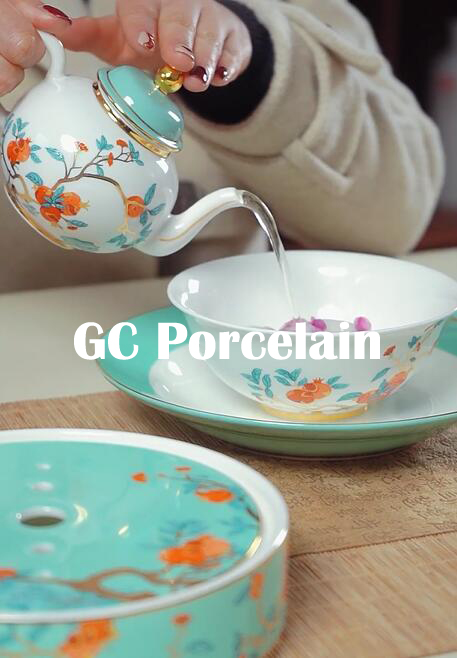
Ningxia Eight Treasures Covered Bowl Tea
The covered bowl tea known as Sanpao Tai originated during the flourishing Tang Dynasty. During the Ming and Qing Dynasties, Han Chinese tea drinking customs were introduced to the Northwest and combined with the tea drinking habits of the local Muslim ethnic minorities, creating a unique tea with strong local characteristics. Eight Treasures Covered Bowl Tea is a tea commonly consumed by the Hui people of Ningxia, regardless of age or gender. The covered bowl, also known as Sanpao Tai, is referred to as a “zhongzi” in folklore. It has a lid on top, a saucer at the bottom, and a flower-patterned bowl with a wide mouth and a narrow base in the middle, which is both exquisite and beautiful. In the hot summer, drinking covered bowl tea is more thirst-quenching than eating watermelon. In winter, the Hui people gather around the stove in the morning, roasting a few slices of bread or eating some “sanzi” (fried dough twists), and always “scrape” a few bowls of covered bowl tea.
Covered bowl tea has different names based on the ingredients used, and different tea leaves are selected according to the seasons. Generally, the ingredients include brown sugar brick tea, white sugar clear tea, and rock sugar nest tea. People in poor health can choose different teas according to their conditions. For example, rock sugar nest tea can be used to clear heat and relieve fire; brown sugar brick tea can be used for those with stomach congestion; and white sugar clear tea can promote digestion. The “Eight Treasures Tea” for daily health care includes not only tea leaves but also red dates, goji berries, walnut kernels, longan, sesame seeds, raisins, candied fruits, etc.
Hui people use boiling hot water to rinse the bowl before brewing covered bowl tea, then put in the tea leaves and various ingredients, pour in boiling water, and cover it. The brewing time is generally two to three minutes. The Hui’s covered bowl is also known as Sanpao Tai. Since the covered bowl consists of three parts: the saucer, the trumpet-shaped tea bowl, and the tea lid, it is called a covered bowl or Sanpao Tai.
Covered bowl tea has different names depending on the ingredients, such as brown sugar brick tea, white sugar clear tea, and rock sugar nest tea, all brewed with boiling water. When serving tea to guests, it should be done before meals. When pouring tea, the bowl lid should be opened in front of the guest, the tea ingredients added, then boiling water poured in and covered again. The tea is presented with both hands, showing respect to the guest.
If you have any questions or need to custom dinnerware service, please contact our Email:info@gcporcelain.com for the most thoughtful support!




